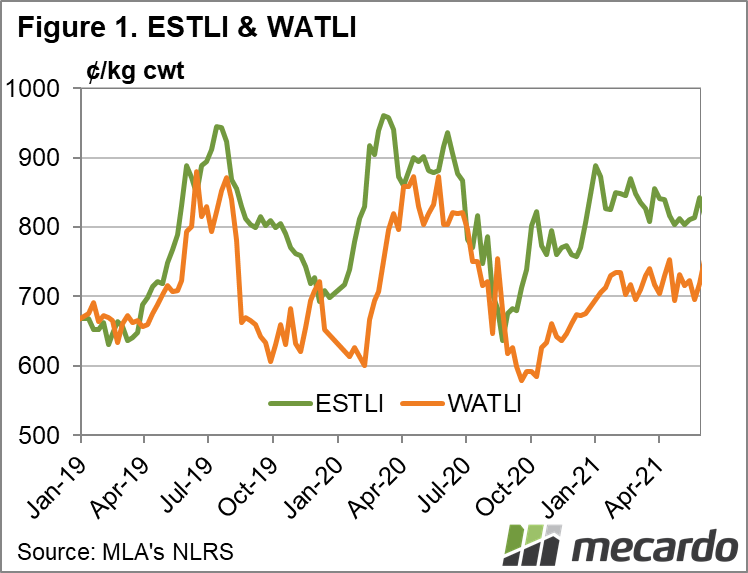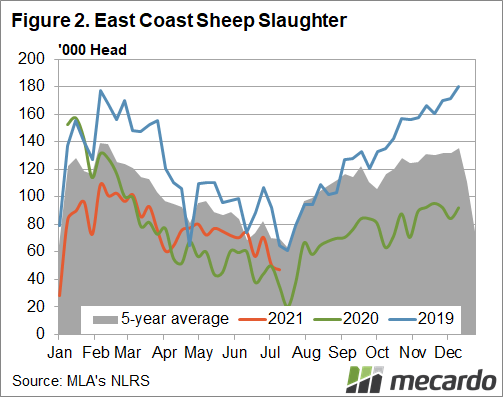Sheep have been headed across the Nullarbor in record numbers since the rain started to fall on the east coast early in 2020, but the trucks are starting to slow. About 2.3 million sheep have been transferred from Western Australia to the east coast since the beginning of last year as producers scrambled to rebuild their drought depleted flocks. WA has finally received some rain of their own, and with the number of sheep sent east easing to roughly 100,000 sheep since March, the mass migration of ovine could be complete for now.
The WA Department of Primary Industries had WA’s total sheep flock at 13.65 million at the end of the 2019/20 year, with the breeding flock at 7.1 million – it’s lowest in more than 60 years. According to Meat and Livestock Australia and Australian Wool Innovation’s latest Wool and Sheepmeat Survey results (released in March), WA had 7.4 million breeding ewes on-hand, with more than 60 per cent of those Merinos being bred to Merinos for ewe production. And while WA did demonstrate the lowest flock rebuilding intentions of the regions reported on (22%), seasonal conditions have improved since the survey, and MLA now reports flock liquidation on the state has ceased.
As well as the surge of breeding sheep purchased by restocking eastern states producers from January 2020 onwards, plenty of lambs made the trip as both restocker and trade prices operated at a premium in the east – as is seasonally the case. However, based on monthly averages, the difference between the two state trade indicators was particularly high come October 2020 – with the Western Australian Trade Lamb Indicator at a 22% discount. In the past decade, this discount has only been wider once (February-March 2013). Currently, the Eastern States Trade Lamb Indicator is 100ȼ/kg higher than the WATLI.
Interstate transfers overtook live sheep exports in terms of WA sheep turnoff for the first time in at least the past decade in 2019/20, and likely remained higher in 2020/21. WA makes up a majority of the Australian live sheep exported, and total national live sheep export volumes fell by 28% year-on-year in 2020. For the first quarter of 2021, 35% less live sheep were exported from Australia, and with WA moving into a rebuilding phase, this market could continue to contract.
What does it mean?
As WA moves towards building their flock back up, as producers in the other sheep dominant states have been doing for the past 18 months, stock movement from east to west is likely to dip significantly. Flock rebuilding is still a focus in the east however, with sheep slaughter figures well below the five-year average. If the trucks from the west put the brakes on, this could further constrain mutton production, and bolster already strong prices for sheep.
Have any questions or comments?
Key Points
- Western Australia sheep and lambs have continued travelling east this year, with 1.3 million head transferred in 2020/21.
- WA flock figures show breeding ewe numbers had fallen to 7.1 million in 2020, but improved seasonal conditions and markets are now fueling a rebuild.
- The Eastern States and WA Trade Lamb Indicators and mutton still commands a 100ȼ/kg premium in the east.
Click to expand
Click to expand
Data sources: Mecardo; Meat & Livestock Australia, AWI, WA Department of Primary Industries



